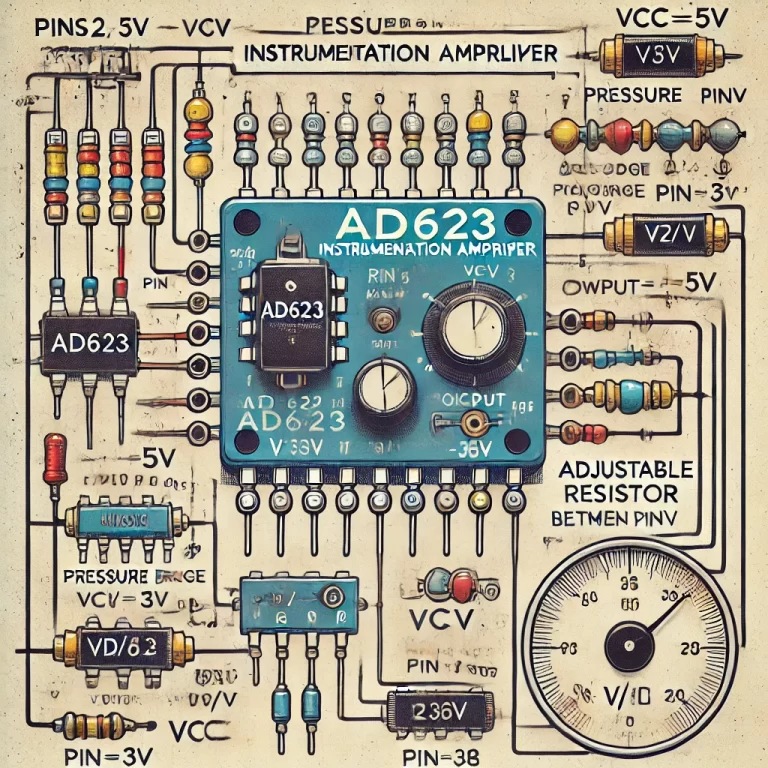Pressure, temperature, velocity, angle, and other similar parameters are common non-electrical physical quantities that need to be measured in industrial settings.
These physical quantities must be converted into analog electrical signals to be transmitted to the control room or display devices.
The equipment that converts these physical quantities into electrical signals is collectively referred to as a transmitter. Currently, the most widely used type in industry is the 4-20mA two-wire current output analog transmitter.

The principle of a two-wire transmitter is to use the 4-20mA signal to supply power to itself. If the transmitter’s own power consumption exceeds 4mA, it would prevent the lower limit of 4mA from being output.
Therefore, the power consumption of the two-wire transmitter must not exceed 3.5mA. This is one of the fundamental principles in the design of two-wire transmitters.

Structurally, a two-wire transmitter is composed of a sensor, a conditioning circuit, and a two-wire voltage-to-current (V/I) converter. The sensor converts physical quantities such as pressure and temperature into electrical parameters. The conditioning circuit amplifies, conditions, and converts the weak or non-linear electrical signals output by the sensor into linear outputs.
The two-wire V/I conversion circuit controls the overall power consumption current based on the output of the signal conditioning circuit, while also obtaining and regulating voltage from the loop to supply power to the conditioning circuit and the sensor. The core design concept of a two-wire transmitter is to incorporate all current within the feedback loop of the V/I conversion.
